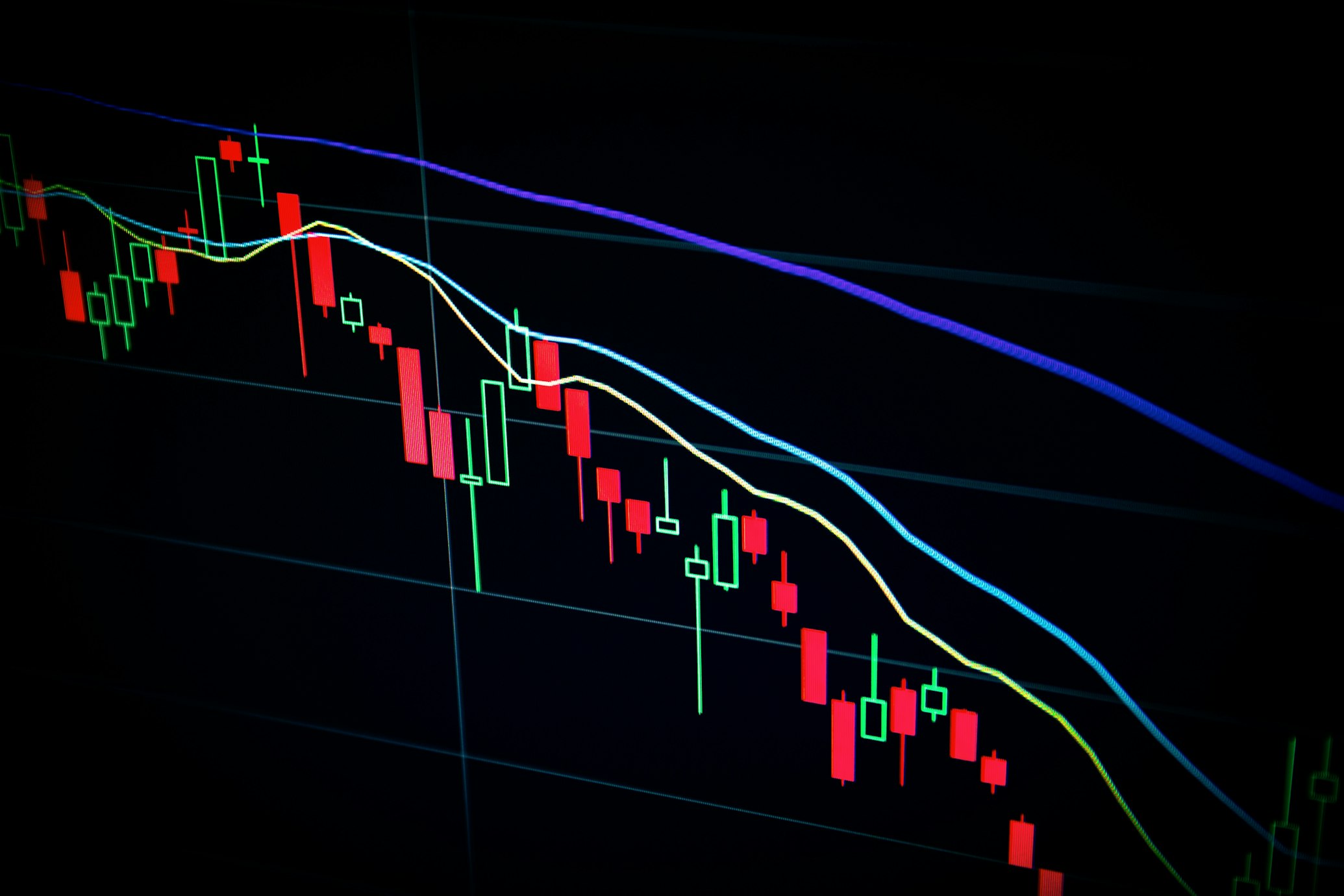📚 Table of Contents
Why Sustainable Investing Is the Future
As the world grapples with climate change, resource scarcity, and social inequality, investors are increasingly shifting their focus toward sustainable investing. But what does this mean for 2026? The financial landscape is evolving rapidly, with environmental, social, and governance (ESG) criteria becoming a cornerstone of modern portfolios. Whether you’re a seasoned investor or just starting, understanding the top sustainable investment opportunities for 2026 can help you align your financial goals with global sustainability efforts.
1. Green Energy & Renewable Infrastructure
The transition from fossil fuels to renewable energy is accelerating, making green energy one of the most promising sectors for sustainable investing in 2026. Solar, wind, and hydropower projects are expanding globally, supported by government incentives and technological advancements. Companies specializing in energy storage, such as lithium-ion batteries and hydrogen fuel cells, are also gaining traction.
For example, NextEra Energy (NEE) has become a leader in wind and solar energy production, while Tesla (TSLA) continues to innovate in battery storage solutions. Investing in renewable infrastructure funds, such as the iShares Global Clean Energy ETF (ICLN), provides diversified exposure to this booming sector.
Additionally, emerging markets in Africa and Asia are investing heavily in decentralized solar solutions, offering high-growth potential for impact investors. The International Energy Agency (IEA) predicts that renewables will account for over 40% of global electricity generation by 2026, making this a long-term growth opportunity.
2. ESG-Focused Mutual Funds & ETFs
ESG investing is no longer a niche strategy—it’s a mainstream movement. By 2026, ESG-focused mutual funds and ETFs are expected to dominate portfolios as institutional and retail investors demand transparency and ethical accountability. These funds screen companies based on environmental impact, labor practices, and corporate governance.
The Vanguard ESG U.S. Stock ETF (ESGV) and the iShares MSCI KLD 400 Social ETF (DSI) are prime examples of funds that exclude fossil fuels, tobacco, and firearms while prioritizing companies with strong ESG ratings. BlackRock’s CEO, Larry Fink, has emphasized that sustainability is now a critical factor in risk assessment, further validating ESG investments.
Moreover, regulatory changes, such as the EU’s Sustainable Finance Disclosure Regulation (SFDR), are pushing asset managers to integrate ESG metrics into their reporting. This trend ensures that ESG funds will remain a cornerstone of sustainable investing in 2026 and beyond.
3. Sustainable Agriculture & Food Tech
With the global population projected to reach 8.5 billion by 2030, sustainable agriculture and food technology are essential for ensuring food security while minimizing environmental harm. Vertical farming, plant-based proteins, and precision agriculture are revolutionizing the industry.
Companies like Beyond Meat (BYND) and Impossible Foods are leading the plant-based protein revolution, reducing reliance on resource-intensive livestock farming. Meanwhile, AppHarvest (APPH) utilizes controlled-environment agriculture to grow produce with 90% less water than traditional farming.
Investors can also explore agri-tech ETFs like the Global X AgTech & Food Innovation ETF (KROP), which focuses on automation, biotechnology, and sustainable farming practices. As climate change disrupts traditional agriculture, these innovations will be critical in 2026.
4. Circular Economy & Waste Management
The linear “take-make-waste” model is unsustainable, prompting a shift toward a circular economy where waste is minimized, and materials are reused. Recycling, upcycling, and biodegradable materials are key investment areas.
Waste management giants like Waste Connections (WCN) and Republic Services (RSG) are investing in advanced recycling technologies. Meanwhile, startups like Terracycle specialize in hard-to-recycle materials, turning waste into reusable products.
The circular economy is also gaining traction in fashion, with companies like Patagonia and Allbirds prioritizing sustainable materials. The Ellen MacArthur Foundation estimates that the circular economy could generate $4.5 trillion in economic benefits by 2030, making it a lucrative sector for forward-thinking investors.
5. Water Technology & Conservation
Water scarcity affects over 2 billion people worldwide, making water technology a critical area for sustainable investing. Desalination, smart irrigation, and leak detection systems are addressing global water challenges.
Xylem (XYL), a leader in water technology, provides solutions for efficient water management, while Ecolab (ECL) helps industries reduce water consumption. The Invesco Water Resources ETF (PHO) offers exposure to companies driving innovation in this sector.
With droughts intensifying due to climate change, governments and corporations are increasing investments in water infrastructure. The World Bank predicts that water-related investments will need to double by 2026 to meet global demand, presenting significant opportunities for investors.
Conclusion
Sustainable investing is no longer optional—it’s a necessity for long-term financial and planetary health. By focusing on green energy, ESG funds, sustainable agriculture, the circular economy, and water technology, investors can achieve strong returns while contributing to a more sustainable future. As 2026 approaches, these sectors will play a pivotal role in shaping the global economy.


Leave a Reply